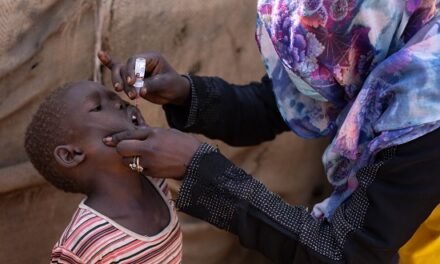A groundbreaking study led by Queen Mary University of London has revealed that offering women the option of self-sampling for cervical cancer screening is widely welcomed, with many preferring the convenience of at-home testing. The study, published in the Journal of Medical Screening, explores the attitudes of 2,300 women aged 24-65 who had the opportunity to collect their own samples for human papillomavirus (HPV)-based cervical screening, in addition to their standard screening in 38 GP practices across England.
The research aimed to assess the demand for self-sampling and explore factors like age, education, ethnicity, and previous screening experience in shaping women’s preferences. The findings suggest a significant shift in attitudes towards cervical screening, with 85% of participants expressing a desire for a choice between self-sampling and traditional in-person screening performed by a healthcare professional.
Key Findings:
- Preference for Choice: A large majority, 85%, favored being given a choice between self-sampling and traditional screening. Of these, 72% believed that having a choice would enhance their screening experience.
- At-home Testing Appeal: Nearly 69% of participants indicated they would opt to self-sample at home if given the option in the future.
- Concerns About Choice: However, the study also highlighted that some women were uncertain about making a decision between the two methods. Approximately 23% of participants found choosing between screening methods difficult, and 15% expressed concerns about making the wrong choice. Interestingly, 48% of women preferred a recommendation from a healthcare professional, with this concern being more prevalent among those with lower levels of education.
Senior author Professor Jo Waller, a renowned expert in cancer behavioural science at Queen Mary University of London, emphasized the importance of these findings. “This study confirms that choice would generally be welcomed when it comes to cervical screening,” said Waller. “For many, self-sampling would be a more convenient and acceptable option, but others prefer the reassurance of knowing a nurse or doctor has done the test.”
She further noted the need for careful messaging and support when implementing self-sampling options to avoid creating additional anxiety for women, especially those from disadvantaged backgrounds. “We must ensure that the option to choose doesn’t become an added burden or exacerbate existing social inequalities in screening uptake.”
Addressing Barriers to Screening:
The study comes at a crucial time as cervical cancer screening rates in England continue to decline. According to NHS England data from 2023, approximately one in three women aged 25-64 are not up to date on their cervical cancer screening. This has led to increased interest in alternative screening methods, such as self-sampling, as a way to make the process more accessible and appealing to a broader range of women.
Public Health Minister Andrew Gwynne welcomed the research, stating: “We know the earlier cancer is caught, the easier it is to treat, so it’s crucial that access to screening and tests is made as simple as possible. I welcome this research and the government is working closely with the UK National Screening Committee to explore the potential of self-sampling.”
Future Implications:
This study represents a significant step in exploring the future of cervical cancer screening, with flexible methods like self-testing potentially playing a key role in improving participation rates. As the UK and other countries grapple with how to make screening more accessible, the findings underscore the need for thoughtful implementation, ensuring that women feel empowered by their options without feeling overwhelmed.
The research, driven by the desire to increase cervical cancer screening uptake and reduce the burden of the disease, will likely have far-reaching implications for public health strategies in the coming years.












